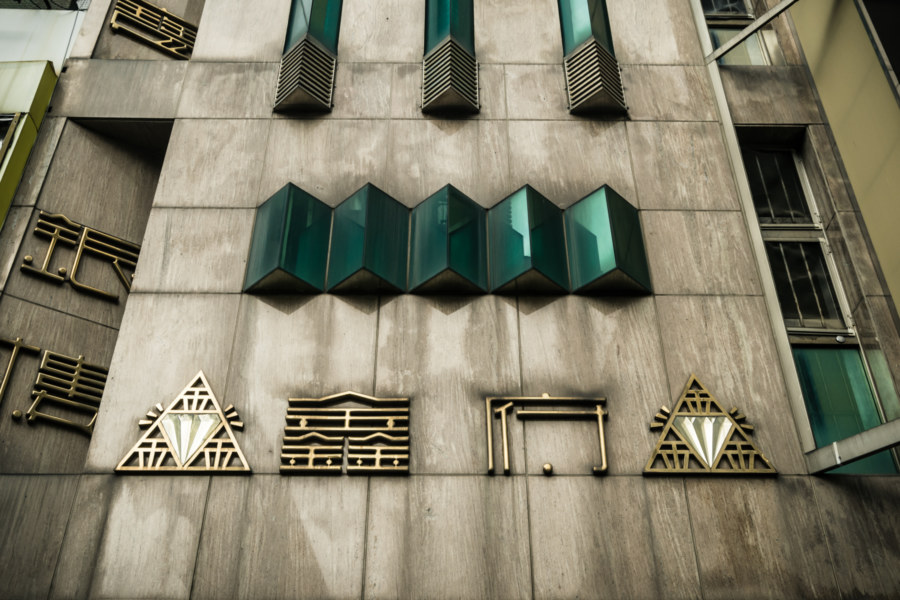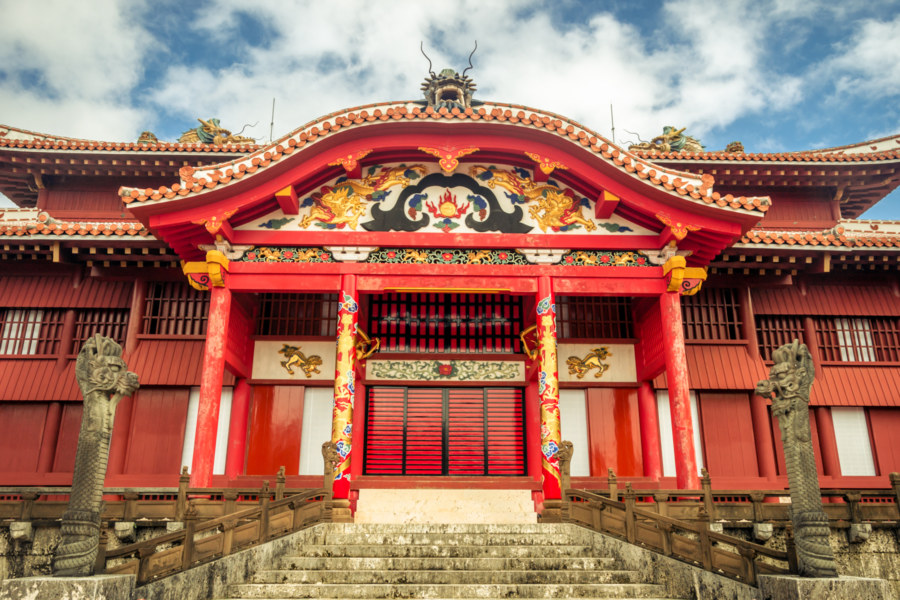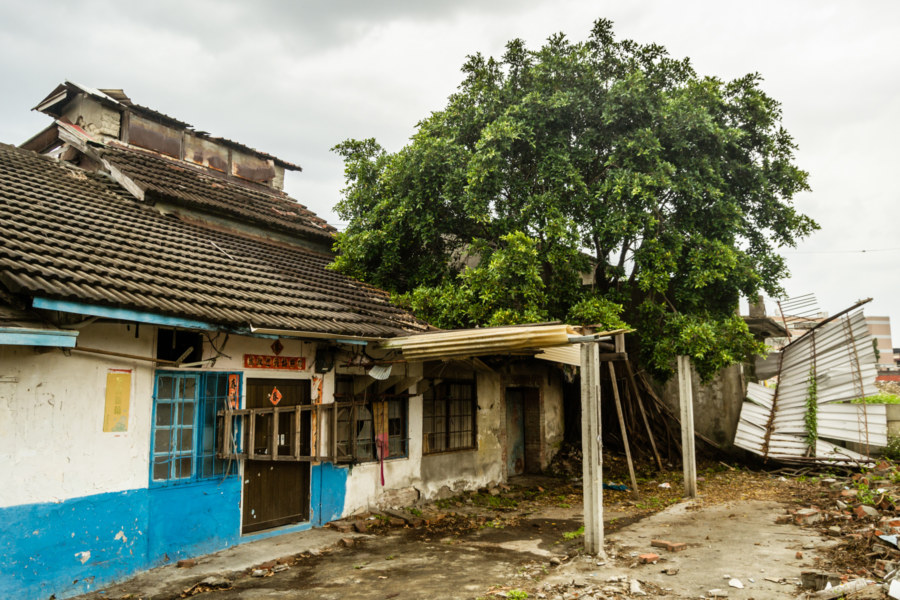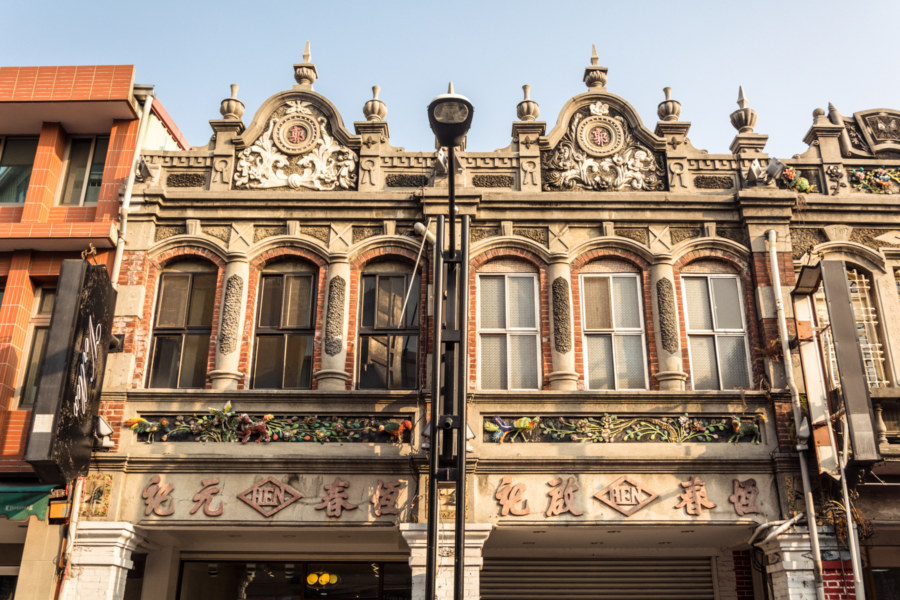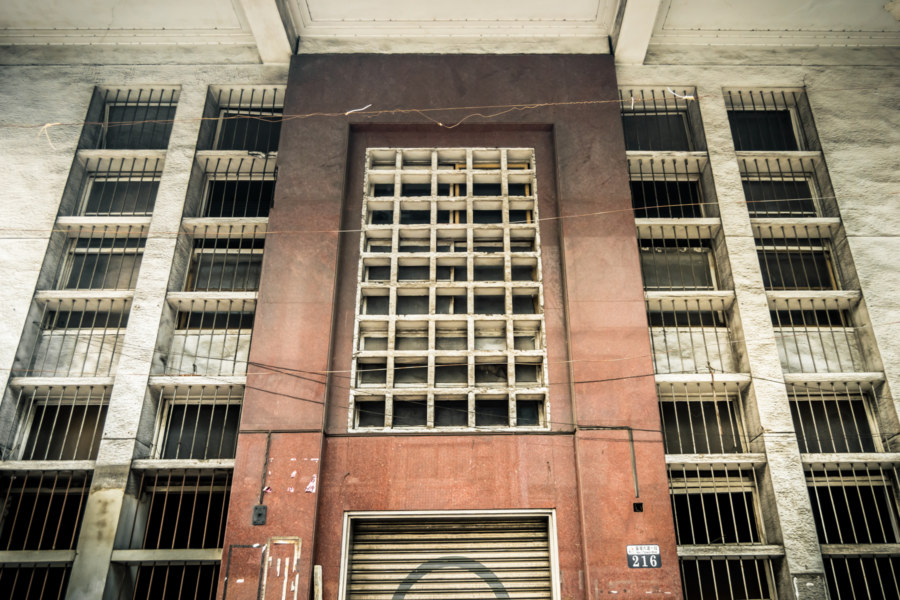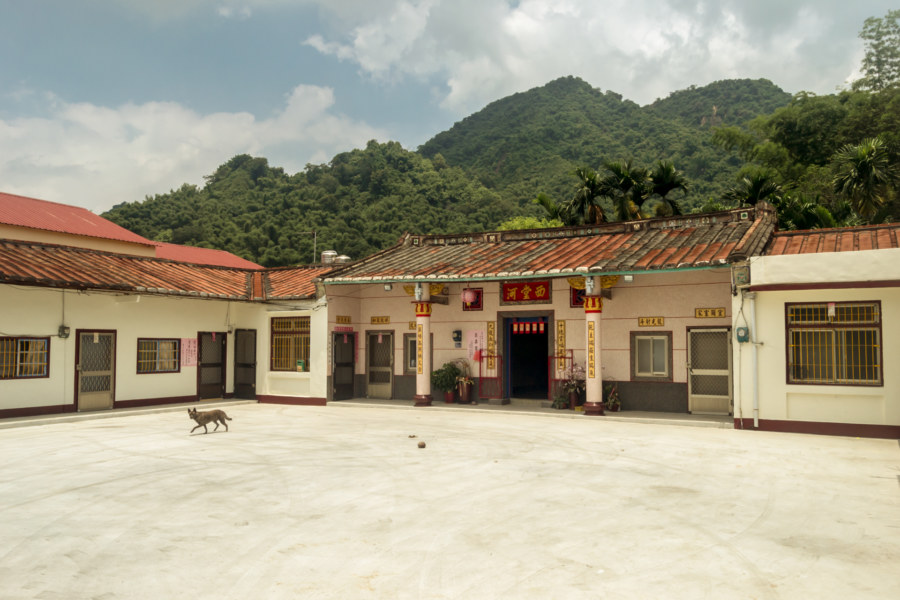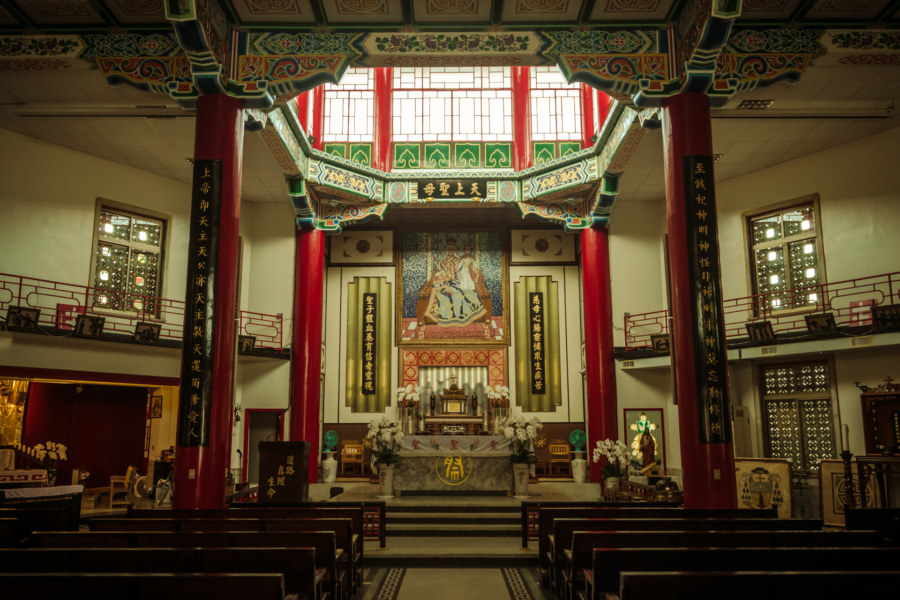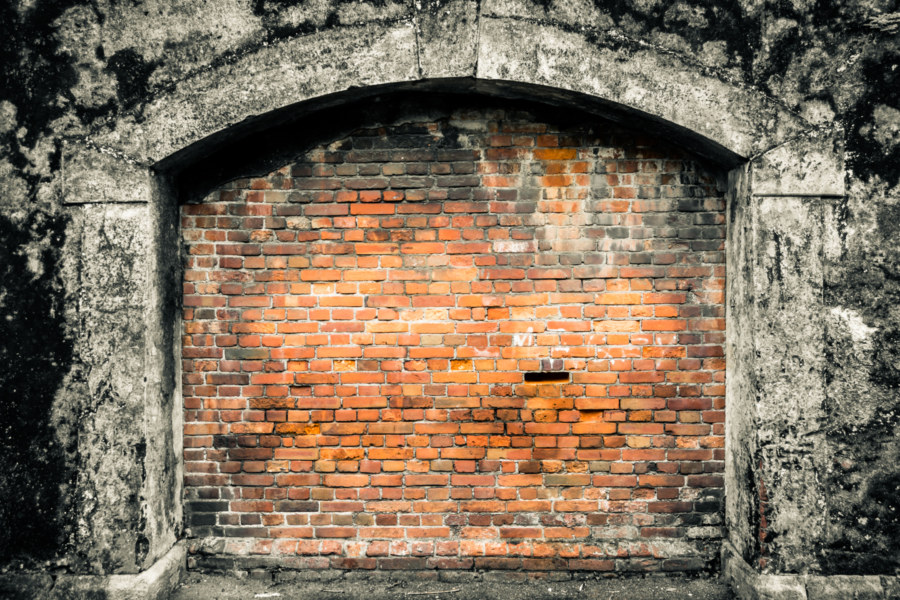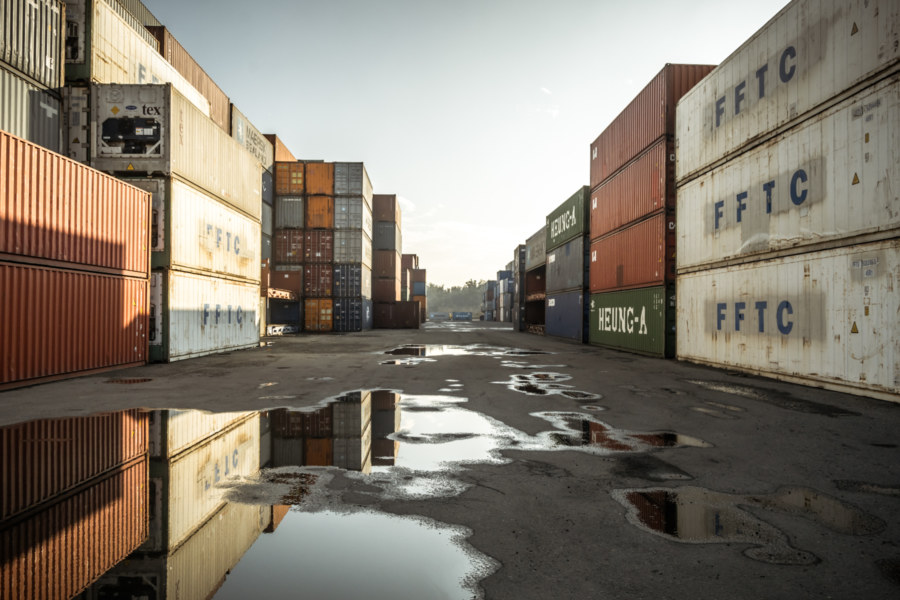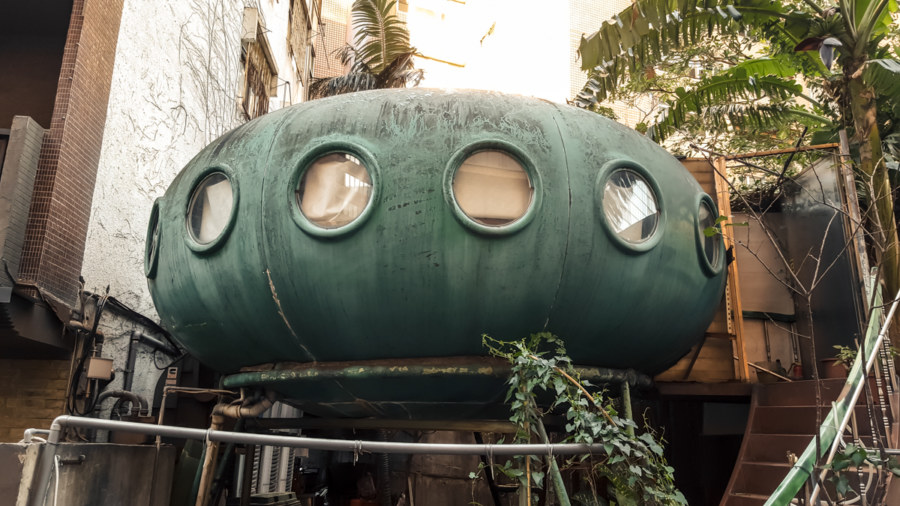A classy storefront in Hsinchu not far from the train station.
This storefront immediately caught my eye when I arrived in Hsinchu a few hours ago. Both the facade and the lettering are unusually classy, showing a vintage style of design not commonly seen here in Taiwan. This is a jewelry shop, as the clever use of characters would suggest, and its formal name is Xīnfǔ Zhūbǎo 鑫府珠寶. The first character, xīn 鑫, is known as a sāndiézì 三叠字, or triplet character, and is composed of three instances of jīn 金, which means gold. Whoever designed the lettering obviously had some fun integrating a sparkling jewel into the two characters on either side of the shop’s name!…
